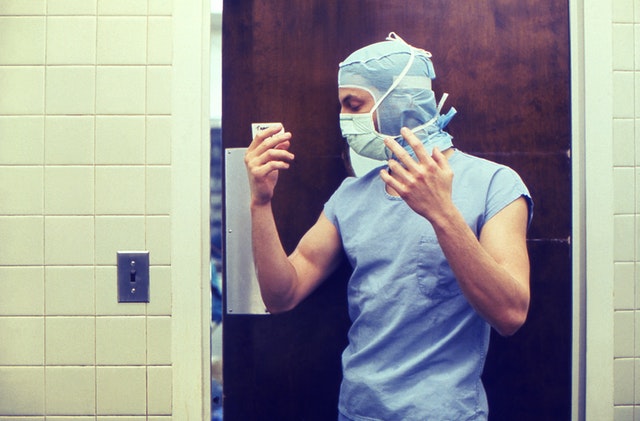When we consider uniform scrubs, due to the availability of recent television programs for example Scrubs, ER and Grey’s Anatomy, we will no longer imagine the operating room because primary locale with the scrub wearer. Although scrubs remain standard OR garb, uniform scrubs have invaded virtually every area each department from the hospital.
The good operating room medical attire is just one of evolution. Originally physicians and nurses didn’t wear a medical uniform. Doctors wore their normal clothing while providing patient care services and donned only an apron to safeguard their clothing from body fluids while performing surgery. Little thought was presented with to providing protection for both doctor and patient from bacteria. Surgeons operated without masks, gloves and sterile equipment. As the medical profession became aware of the risks of infection, surgeons began wearing masks to cut back the physician’s likelihood of experience of bacteria and disease.
The issue of sanitation gradually became a motivator inside the healthcare industry as doctors realized the benefits of protecting both themselves and patients from infectious disease and bacteria. Uniform scrubs were introduced, offering the surgical team with comfortable garb that replaced the surgical apron as standard operating attire. Uniform scrubs were created with flat double sewn seams that resisted the invasion of bacteria into the garments. Design details were kept low to reduce places for infectious substances to disguise. Scrubs were easy to launder and replacement costs were minimum when compared with other uniform options. Originally available only in unisex sizing, scrubs had a boxy fit to allow for simplicity of movement.
White had become the symbol of purity and cleanliness and invaded the operating room within the form of white uniform scrubs. However, surgical treatments left the white scrubs stained and unsightly from blood and other body fluids. In the middle of the 20th century, white uniform scrubs gradually gave way to jade green and ceil blue scrubs in the operating room. These colors was generally known as “hospital green” and “hospital blue” and being used today inside OR. The go on to colored scrubs helped disguise soil and to soften the “white glare” in the operating room, easing a person’s eye strain brought on by the stark, white environment with the surgical theaters.
By the 1970’s, uniform scrubs had assumed the styling now recognized on today’s television. In the operating room, surgical scrubs still are comprised from the standard short sleeve, V neck top and drawstring pant. These styles allow operating room personnel to quickly change garments between surgeries. The roomy fit and non-binding scrub pant waists are easy to wear during long hours spent in surgery.
Today, operating room staff often wears disposable gowns over their uniform scrubs for an additional pair layer of protection against infection. These gowns absorb most in the fluids and bacteria that are then disposed of, as opposed to laundered and returned to service.
The comfort and ease of movement given by uniform scrubs made these garments popular with healthcare workers in the areas in the hospital. By the 1990’s, virtually all hospital employees wore scrubs instead from the traditional white nursing uniform and cap. To differentiate these workers from the OR staff, uniform manufacturers like Cherokee Scrubs and Dickies Scrubs introduced a line or scrub wear in a very large number of colors. Often, in hospitals different work areas use a specific color to designate their unit. Additional varieties of scrub tops and scrub pants were designed to allow for and flatter the figure from the mostly female dominated nursing profession.
Today, uniform scrubs are the garments of choice for virtually all health care professionals, whether inside hospital, doctor or dentist office or the veterinarian clinic. These practical garments provide comfortable uniforms that provide comfort, ease of laundering and low replacement costs. Uniform scrubs are all around at local uniform stores or online at numerous scrub websites.


